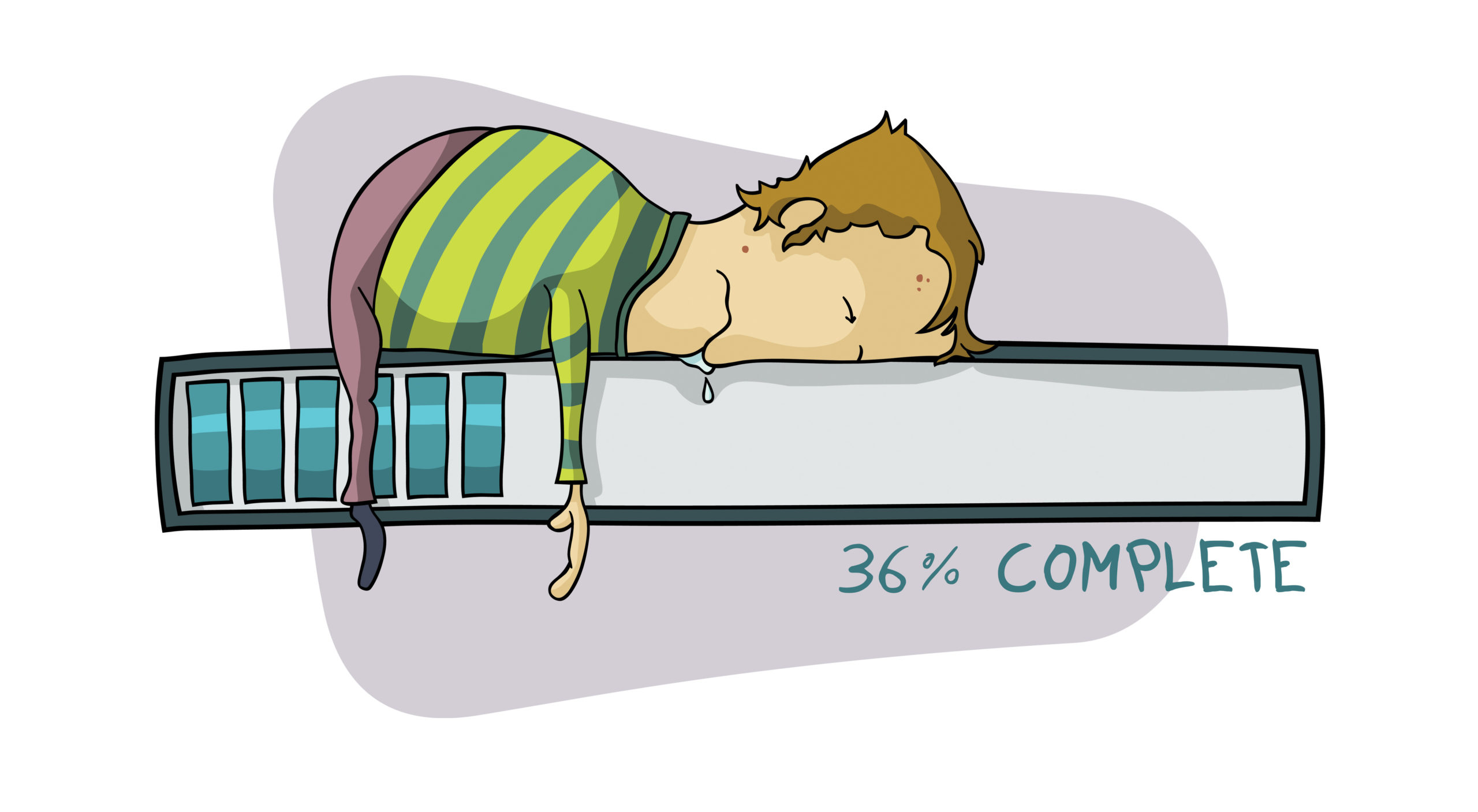Broadband used to be the cutting edge, final frontier of home and business internet access, but over the past five years or so broadband has gone from being accessible only to the wealthiest homes and clients to something which is cheap or sometimes free when bundled with other telecommunications packages. With increasing speeds and new technology constantly improving the application of broadband around the home, it can be a confusing and jargon-filled world, but hopefully this guide will help you to understand some of the more widely used terms and where broadband is headed in the future.
Wireless & Mobile Broadband
The United States is ranked first in the world for the availability of, and the resultant prosperity afforded by, its communication networks, and wireless broadband at home or in public `hot-spots` has allowed businesses and customers to access the Internet access anywhere within range of a wireless router. Most providers offer a wireless router free when you commit to their contract.
Mobile broadband is the latest technology that most telecommunications companies are pushing at the moment. Thanks to the ubiquitous roll out of 3G (“3rd Generation”) networks truly mobile broadband is now available, depending, of course, on adequate coverage. This technology is made possible through a `USB modem, or “dongle”, which connects to a 3G network in the same way as mobile devices.
Broadband Markets & Providers
Verizon – which ranked 4th in the list of ISPs in the United States in the second quarter of 2008, with just over 8 million subscribers – offers the smallest mobile broadband dongle, with a $50 discount, if purchased online. The dongle is compatible with BroadBandAccess and NationalAccess, the two most common connection options for increased coverage and connectivity, offering download speeds of up to 1.4 MBps. The dongle, itself, also doubles up as a 4GB pen drive for data storage.
The broadband market in the United States, as a whole, however, has suffered from disparate technologies – EV-DO networks, from the likes of Verizon, and Sprint Nextel, LTE, or “Long Term Evolution”, from AT&T, etc. – and uneven deployment of so-called “last mile” broadband infrastructure. This is by no means limited to rural areas, with limited availability also a problem in suburban and urban areas.
Broadband provision in the United Kingdom, on the other hand, has become more difficult, primarily due to competition in the marketplace; this is good news for consumers, however, with competitive offerings from the five main providers – 3, O2, Orange, Vodaphone and T-Mobile – and many others besides. 3, for example, offers a low cost, “Broadband Lite”, mobile broadband package for just £10 per month, while O2 offers a choice of “free” 16Mb home broadband, and a free dongle, if you sign up to its mobile broadband package for 18 months, or a one-month rolling contract, where you pay for the dongle. It is worth checking the customer service record of whichever provider you choose, as if you encounter any problems, you don`t want to be left stranded by broadband providers who have cut corners.




